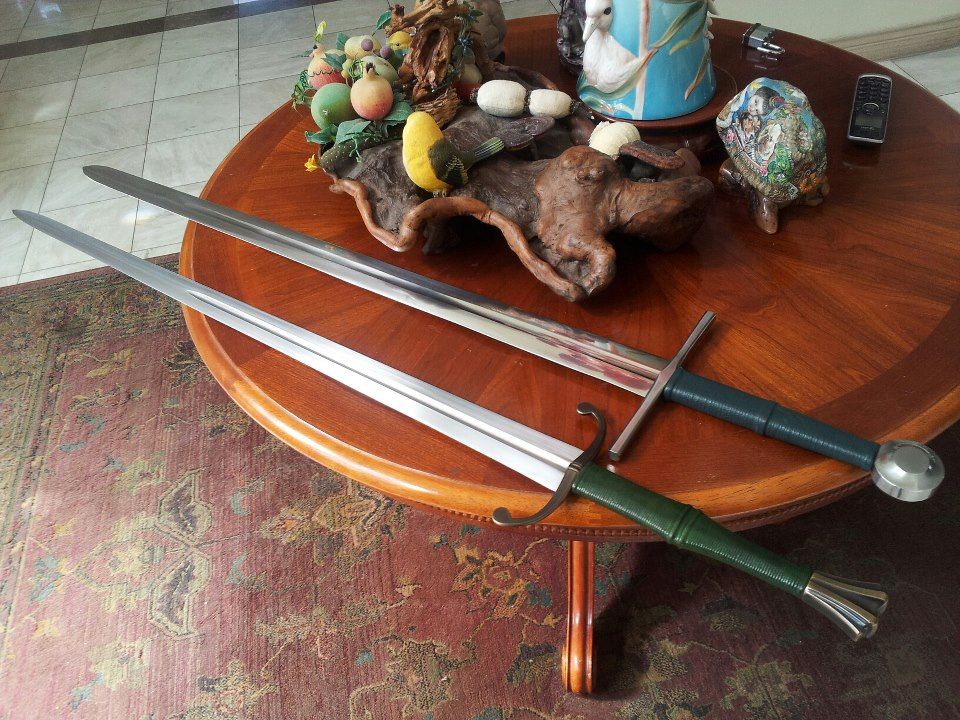I have been thinking about this question for several days, after watching some videos that showed just how effective and deadly the axes can be in combat.
The imaginary scenario would be like this:
You have two medieval European armies facing each other, in open field. They lack cavalry and archers, one of the armies being equipped completely with swords (arming sword, longsword, falchions and others) while the opposite army carries all styles and lengths of axes.
Also, both armies count with the same type of shields.
Assuming that both armies are composed by good soldiers, they are led by competent generals and that there are no geographic advantages for either side... What would happen when an all-swords army engages an all-axes army in battle??
I think that it's an interesting scenario.
The imaginary scenario would be like this:
You have two medieval European armies facing each other, in open field. They lack cavalry and archers, one of the armies being equipped completely with swords (arming sword, longsword, falchions and others) while the opposite army carries all styles and lengths of axes.
Also, both armies count with the same type of shields.
Assuming that both armies are composed by good soldiers, they are led by competent generals and that there are no geographic advantages for either side... What would happen when an all-swords army engages an all-axes army in battle??
I think that it's an interesting scenario.

 Auror
Auror
 Scribe
Scribe Inkling
Inkling Sage
Sage